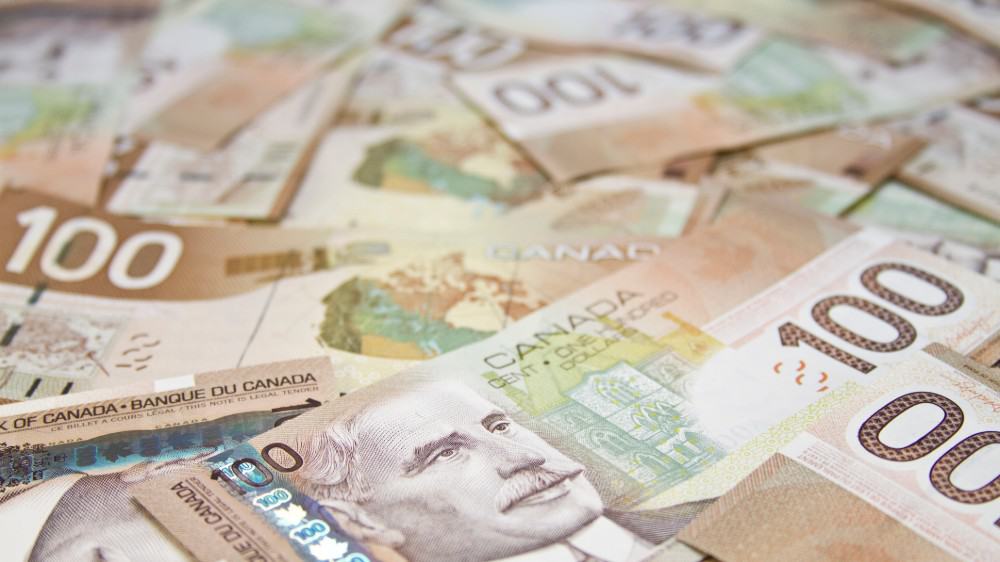The final month of the Canada Emergency Response Benefit (CERB) is about to conclude. Millions of Canadians took advantage of the CERB to supplement lost income due to the COVID-19 pandemic. With the program now ending, many will be forced to turn to alternatives. Today, I want to review three options that will be most palatable for those who require government assistance going forward.
Top CERB alternative: Employment Insurance (EI)
Before the cancellation of the CERB, the federal government was touting their intention to modernize Canadian Employment Insurance (EI). The system had been in dire need of retooling for years. New EI rules are far more expansive and inclusionary.
Canadians who wish to apply for EI after CERB will require at least 120 insurable hours in the last year. This adds up to 3.5 weeks of work in the last 52 weeks. Moreover, the benefit has been bolstered to a floor of $500/week. This means previous CERB recipients will not have to worry about taking a significant pay decrease. The EI benefit will stretch up to 26 weeks. Canadians switching over from CERB will see the program carry them into the New Year.
Runner-up: Three new benefits
The federal government did not stop at retooling already existing programs. It introduced three new temporary benefits linked to the pandemic. These three new benefits are called the Canada Recovery Benefit, the Canada Recovery Sickness Benefit, and the Canada Recovery Caregiving Benefit. Canadians looking to replace CERB will be able to apply for these benefits through the CRA up until September 25, 2021. Hopefully, the pandemic restrictions will be in the rear-view mirror by then.
First, the Canada Recovery Benefit (CRB) is designed for workers who are self-employed or who are not eligible for EI but still require support. It is valued at $500/week for 26 weeks. The Canada Recovery Sickness Benefit (CRSB) provides $500/week for up to two weeks for workers who are sick or who must self-isolate due to COVID-19.
Finally, the Canada Recovery Caregiving Benefit (CRCB) is for those who are unable to work because they need to care for a child under the age of 12 or a family member due to school and daycare closures. CRCB recipients are eligible for a benefit up to $500/week for up to 26 weeks per household.
One more CERB replacement: Dividend income
Finally, my personal favourite is the investment income option. I’d discussed the alternative to build passive income all the way back in May. Canadians coming off CERB can utilize their cash in a Tax-Free Savings Account (TFSA) and scoop up stocks that pay out a monthly income. Unlike the CERB, this income is not taxable.
Altagas is one attractive option for Canadians on the hunt for passive income. This company operates as a diversified energy infrastructure business in North America. Its shares have climbed 13% over the past three months.
The stock last possessed a favourable price-to-earnings ratio of 11 and a price-to-book value of 0.7. Better yet, Altagas offers a monthly dividend of $0.08 per share. This represents a strong 5.9% yield.









